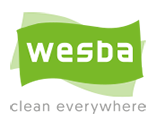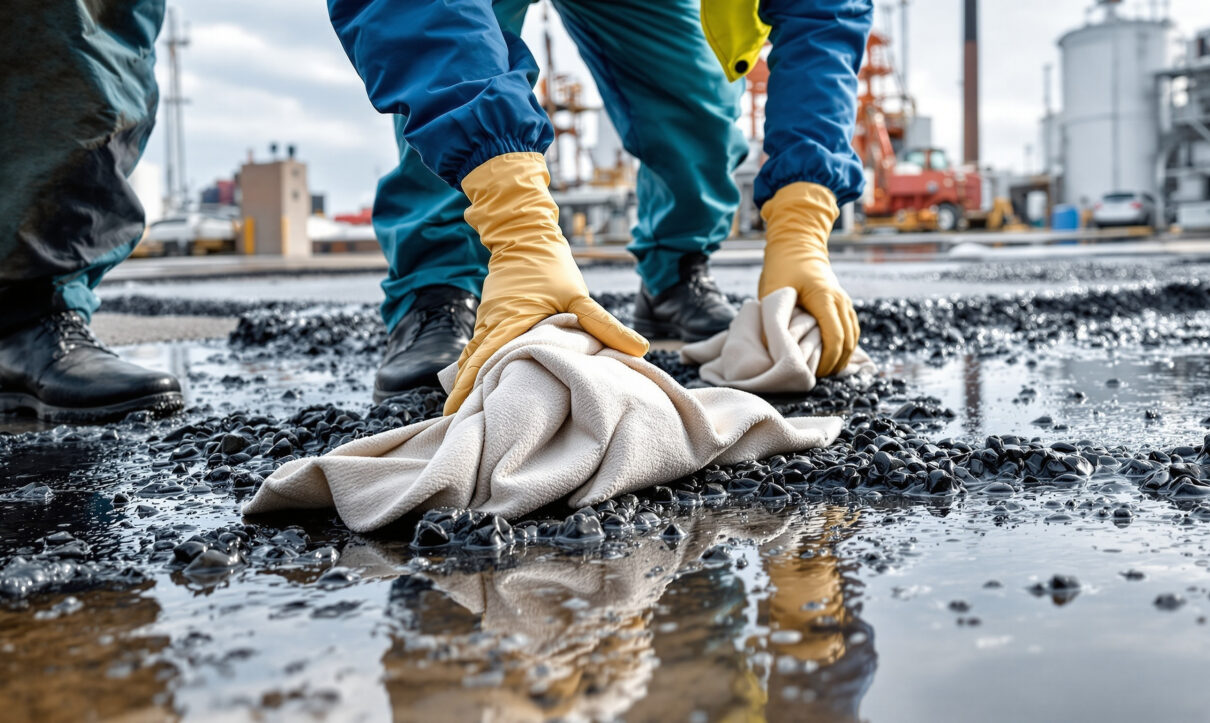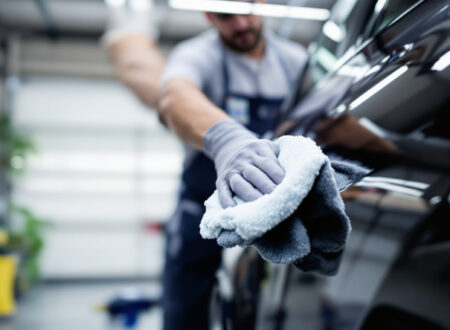Petroleum operations face constant risks of spills and leaks that can create safety hazards, environmental concerns, and costly cleanup operations. Professional-grade nonwoven absorbent materials provide the rapid response capabilities needed to contain and clean up petroleum-based spills effectively.
The Critical Need for Rapid Response
In petroleum facilities, every second counts when a spill occurs. Traditional cleanup materials often fail to provide the absorption speed and capacity needed for effective spill control, leading to larger contaminated areas and increased cleanup costs.
Nonwoven absorbent materials are engineered specifically for petroleum applications, offering superior absorption rates and chemical compatibility that conventional materials cannot match.
Superior Absorption Performance
High-Capacity Nonwoven Wipes Industrial nonwoven wipes can absorb up to 15 times their weight in petroleum products, significantly outperforming traditional cotton rags or paper-based materials. This exceptional capacity means fewer materials needed per cleanup operation.
Rapid Absorption Rate The engineered fiber structure of nonwoven materials allows for immediate liquid uptake, preventing spill spread and minimizing contaminated surface area. This rapid response capability is crucial in preventing small incidents from becoming major environmental events.
Selective Absorption Specialized nonwoven fabrics can be designed to preferentially absorb oil-based liquids while repelling water, making them ideal for outdoor spill situations where rain or surface water may be present.
“Our refinery reduced spill cleanup time by 60% after switching to nonwoven absorbent materials. The speed and effectiveness are unmatched.”
Safety Manager, Petroleum Refinery
Chemical Compatibility Advantages
Hydrocarbon Resistance Nonwoven materials maintain their structural integrity when saturated with gasoline, diesel, crude oil, and other petroleum products. Unlike paper or cotton materials that break down when exposed to hydrocarbons, nonwoven fabrics retain their strength for safe handling and disposal.
Multi-Product Compatibility
Different petroleum facilities handle various products from light distillates to heavy crude oils. Nonwoven absorbent materials work effectively across this entire range, simplifying inventory management and emergency response procedures.
Chemical Additive Stability Many petroleum products contain additives that can affect cleanup materials. Professional nonwoven fabrics are tested for compatibility with common petroleum additives, ensuring consistent performance regardless of the specific product spilled.
Operational Efficiency Benefits
Faster Cleanup Operations:
- 50-70% reduction in cleanup time compared to traditional materials
- Less material handling due to higher absorption capacity
- Reduced personnel exposure time to hazardous materials
- Faster return to normal operations
Cost-Effective Solutions:
- Lower total material costs despite higher unit price
- Reduced labor costs due to faster cleanup
- Decreased disposal costs from lower material volumes
- Minimized production downtime
Safety Improvements:
- Reduced slip and fall risks from faster spill containment
- Less worker exposure to petroleum vapors
- Safer material handling due to maintained material integrity
- Improved emergency response effectiveness
Environmental Protection
Spill Containment Rapid absorption prevents spill migration, protecting soil and groundwater from contamination. The high absorption capacity of nonwoven materials means more effective initial response, reducing the environmental impact of petroleum spills.
Waste Reduction Higher absorption efficiency means less total waste material generated during cleanup operations. This reduction in waste volume decreases disposal costs and environmental impact from waste transportation and treatment.
Groundwater Protection Quick spill response using effective nonwoven materials prevents petroleum products from penetrating soil layers and potentially contaminating groundwater supplies.
Application-Specific Solutions
Maintenance Spill Control Routine maintenance operations in petroleum facilities often result in small spills and drips. Nonwoven wipes provide immediate cleanup capability, preventing accumulation of petroleum residues that could create safety hazards.
Loading/Unloading Operations
Tank truck loading and pipeline connections are common spill locations. Strategically placed nonwoven absorbent materials provide immediate response capability when minor leaks occur during these critical operations.
Emergency Response Large-scale spill events require massive absorption capacity. Industrial nonwoven fabrics can be rapidly deployed in large quantities to contain and absorb significant petroleum releases.
Best Practices for Implementation
Strategic Placement: Position nonwoven absorbent materials at high-risk locations including pump stations, loading racks, and maintenance areas. Pre-positioning materials ensures immediate response capability when spills occur.
Training Programs: Ensure all personnel understand proper use of nonwoven absorbent materials. Proper application techniques maximize absorption effectiveness and minimize material waste.
Inventory Management: Maintain adequate supplies of different nonwoven products for various spill scenarios. Different applications may require different absorption capacities or material characteristics.
Regular Evaluation: Monitor cleanup performance and adjust nonwoven material specifications based on actual facility needs and spill characteristics.
Petroleum operations that invest in quality nonwoven absorbent materials see immediate improvements in spill response effectiveness, cleanup costs, and environmental protection. The superior performance characteristics of nonwoven materials make them essential tools for modern petroleum facility operations.






